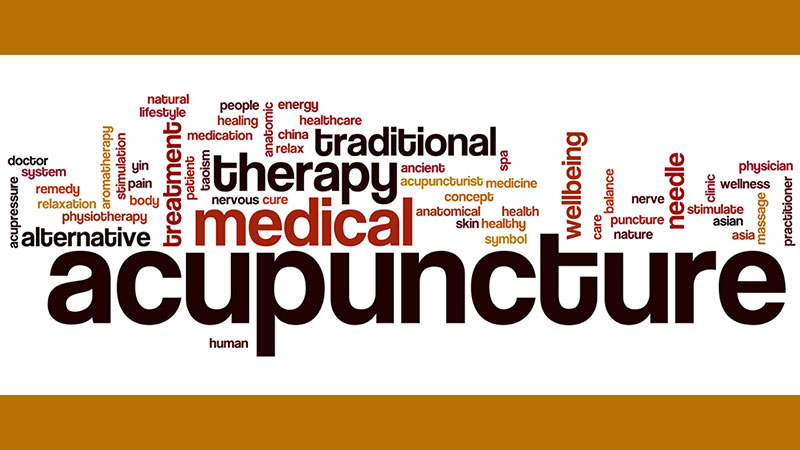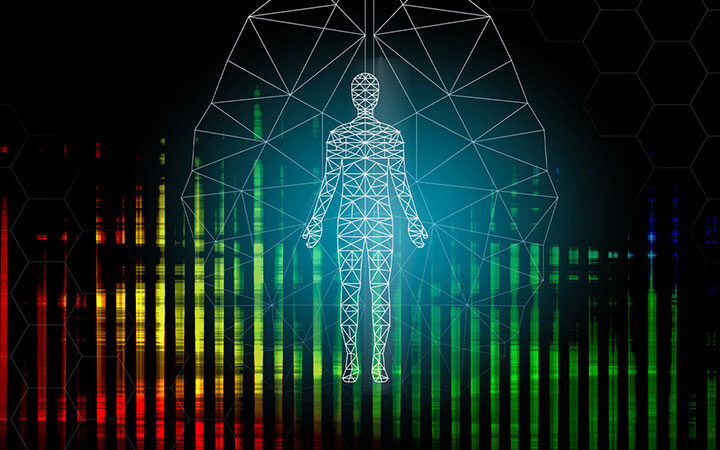Acupuncture, a time-honored practice rooted in Traditional Chinese Medicine (TCM), has been used for thousands of years to promote health and wellbeing. This ancient technique, which involves the insertion of thin needles into specific points on the body, has evolved significantly with the advent of modern technology. Today, acupuncture blends traditional methods with innovative approaches, providing effective and personalized treatments for a wide range of conditions. This article explores the fusion of traditional acupuncture techniques with modern advancements, highlighting the benefits and applications of this integrative approach.
Traditional Acupuncture
Acupuncture, an ancient healing art with roots in Traditional Chinese Medicine (TCM), has been practiced for thousands of years. It involves the insertion of thin needles into specific points on the body to balance the flow of energy, or "qi." This technique aims to stimulate the body's natural healing processes, alleviate pain, and improve overall health. Traditional acupuncture is deeply rooted in the philosophy of yin and yang, seeking harmony within the body. The method has stood the test of time, providing relief for a variety of ailments, from chronic pain to stress and anxiety.
In addition to its physical benefits, traditional acupuncture also addresses emotional and psychological health. Practitioners often incorporate techniques such as moxibustion, where dried mugwort is burned near the skin, and cupping, which involves placing suction cups on the skin to increase blood flow. These complementary therapies enhance the overall effectiveness of acupuncture, creating a holistic treatment that supports both body and mind. The time-tested practices of traditional acupuncture continue to provide profound healing benefits in today's fast-paced world.
Modern Technology in Acupuncture
In recent years, the integration of modern technology with traditional acupuncture has revolutionized the field. Advancements such as laser acupuncture, electroacupuncture, and computerized diagnostic tools have enhanced the precision and effectiveness of treatments. These technologies allow practitioners to tailor treatments to individual patients' needs, offering a more personalized approach to healing. The combination of ancient wisdom and modern innovation provides a comprehensive, holistic treatment method that maximizes patient benefits.
For instance, laser acupuncture uses low-level laser beams instead of needles to stimulate acupuncture points, making it an excellent option for patients who are needle-averse or have sensitive skin. Additionally, computerized diagnostic tools can assess the body's energy flow more accurately, identifying imbalances that may not be apparent through traditional methods. These technological advancements not only improve patient outcomes but also help practitioners refine their techniques, ensuring that each patient receives the most effective treatment possible.
Acupuncture is Painless
One common misconception about acupuncture is that it is a painful procedure. In reality, acupuncture is virtually painless. The needles used are extremely thin, often no thicker than a human hair, and their insertion is typically painless. Many patients report feeling a slight tingling sensation or a sense of warmth at the needle site, but these sensations are generally mild and temporary. The relaxation and relief that follows often surprises first-time patients, dispelling any initial fears they may have had.
Moreover, the practice of acupuncture often induces a state of deep relaxation and tranquility. Many patients find the sessions to be a peaceful escape from their daily stresses. The gentle stimulation of the acupuncture points can release endorphins, the body's natural painkillers, promoting a sense of wellbeing and calm. This soothing experience, combined with the therapeutic benefits, makes acupuncture an appealing option for those seeking holistic, non-invasive treatment for various health issues.

NAET – Energy Balancing Techniques
Nambudripad's Allergy Elimination Techniques (NAET) is an innovative approach that combines traditional acupuncture with energy balancing techniques to address allergies and sensitivities. Developed by Dr. Devi Nambudripad, NAET involves the use of acupressure and acupuncture to reprogram the body's response to allergens. This technique helps to eliminate allergic reactions by restoring the body's natural energy balance. Patients often find relief from a wide range of allergies, including food, environmental, and chemical sensitivities.
NAET is unique because it addresses the root cause of allergic reactions rather than merely treating the symptoms. By identifying and neutralizing specific allergens, NAET helps patients build long-term tolerance and resilience. The process typically involves a series of treatments, with each session focusing on a different allergen. Over time, patients often experience significant improvements in their overall health and a reduction in allergy-related symptoms, leading to a better quality of life.
Electrical Stimulation
Electroacupuncture is a modern adaptation of traditional acupuncture that involves the application of a small electrical current to the needles. This technique enhances the stimulation of acupuncture points, providing more significant pain relief and promoting faster healing. Electrical stimulation is particularly effective for treating chronic pain conditions, such as arthritis and fibromyalgia. By combining the principles of traditional acupuncture with modern technology, electroacupuncture offers a powerful tool for managing pain and promoting wellness.
In addition to pain management, electroacupuncture has been shown to be effective in treating a variety of other conditions, including muscle spasms, neurological disorders, and even certain types of infertility. The electrical currents can enhance the body's natural healing processes, improving circulation, reducing inflammation, and stimulating the release of endorphins. This makes electroacupuncture a versatile and valuable addition to the repertoire of modern acupuncture techniques, broadening the scope of conditions that can be effectively treated.
Frequency Specific Micro-Stimulation
Frequency Specific Micro-Stimulation (FSMS) is a cutting-edge technique that uses low-frequency electrical currents to target specific tissues and conditions. This method is based on the concept that different frequencies can influence various types of tissues and healing processes. FSMS is used to treat a range of conditions, including inflammation, nerve pain, and muscle injuries. The precise application of frequencies allows for targeted treatment, enhancing the body's natural healing abilities and providing relief for complex conditions.
FSMS is particularly beneficial for patients with chronic or hard-to-treat conditions. By using specific frequencies tailored to individual needs, practitioners can deliver highly personalized treatments that address the unique aspects of each patient's health issues. This precision not only improves the effectiveness of the treatment but also minimizes potential side effects. As research and technology continue to advance, FSMS is expected to play an increasingly significant role in the field of acupuncture and holistic health, offering hope and healing to those with persistent health challenges.
Industry Trends 2024
As we look ahead to 2024, several trends are emerging in the field of acupuncture and holistic health. The integration of digital health platforms, such as telemedicine and wearable health devices, is becoming increasingly prevalent. These technologies allow for remote monitoring and personalized treatment plans, making acupuncture more accessible to a broader audience. Additionally, there is a growing emphasis on combining acupuncture with other holistic practices, such as herbal medicine, nutrition, and mindfulness. This integrative approach reflects a broader shift towards comprehensive, patient-centered care that addresses the whole person, not just their symptoms.
Another significant trend is the increased focus on research and evidence-based practice within the acupuncture community. As more clinical studies validate the efficacy of acupuncture and related techniques, the acceptance and adoption of these methods within mainstream medicine are likely to grow. Additionally, sustainability and eco-friendly practices are becoming more important in health and wellness, with many clinics adopting green initiatives and environmentally conscious approaches. These trends signify a promising future for acupuncture, blending tradition with innovation to enhance patient care and promote overall wellbeing.
The fusion of traditional acupuncture techniques with modern technology offers a comprehensive approach to health and wellness. By combining ancient practices with innovative advancements, acupuncture can provide effective and personalized treatments for a wide range of conditions. Whether through the time-tested methods of traditional acupuncture or the cutting-edge techniques of electroacupuncture and FSMS, this integrative approach continues to evolve and improve patient outcomes. As the field of acupuncture advances, it remains a powerful tool for achieving optimal health and wellbeing, promising a bright future for holistic healthcare.
CALL 631.360.8100
Begin Your Path To Wellness Today...
CALL 631.360.8100
Find Your Balance
Call To Book Your Appointment
CALL 631.360.8100



